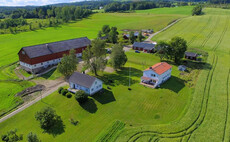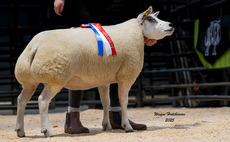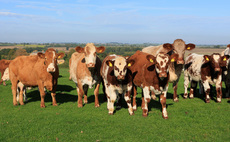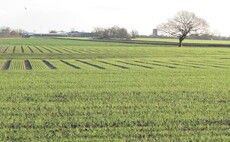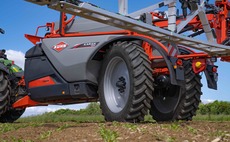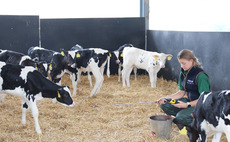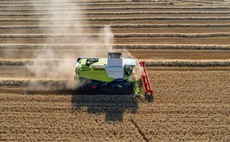
Joe Bowman on two-tier trade.��
As I write, sheep farmers��are turning their attention towards lambing��time.
Reports are that��scan results have been��varied, with most being significantly��reduced on last years crop.
This, of��course, will have a knock-on effect��across the breeding sheep sector,��with store lamb and prime lamb��numbers likely to be reduced next��season.
Poor scanning numbers have��been most apparent in the south of��England, specifically in areas where��farms are still recovering from last��years drought, with some results��being described as catastrophic.
In recent weeks, it has been a��pleasure to sell in-lamb sheep, and��here at Borderway we have seen improved numbers on the year.
We��recently held a dispersal sale on behalf of Robin Slade from Hereford,��and the 135 Dutch texel ewes which��went under the hammer sold to average £248, topping at £400.
We have experienced a two-tier��trade, with good ewes selling very��easily and the leaner, aged ewes��harder to place.
In-lamb Mule ewes��have enjoyed a particularly buoyant��trade, with two shears carrying triplets selling for between £150 and��£160/head.
Early sales of ewes with lambs at��foot have met a better trade than��expected.
At Carlisle, we have seen��different breeds coming forward��and getting a fantastic trade in return.
A personal highlight was selling some Dorset shearlings with��Dorper lambs certainly something��you do not see every day and met a��fantastic trade at £102 a life.
This��bodes well as we move into the main��ewe and lamb sales season and I believe sellers should be optimistic.
Fingers are crossed for a good start��to main crop lambing and for some��kind weather, as this will ensure��lambs thrive and get the start they require.
With customers looking to��maintain flock numbers after less��than favourable scanning, demand��should contribute to a positive trade.
So, if spring is favourable and the��present-day price of store cattle remains at the current high levels,��ewes and lambs may look like a good��alternative to convert grass against��the significant investment required��to secure grazing cattle.
Cull ewe values have remained positive and, as is often the trend, we��could see a price rise as we head towards the end of Marchs Muslim��Ramadan festival.
The prime hogg��trade has been challenging for the big��feeders and, although the best export��type sheep have continued to sell well,��heavier and more commercial hoggs��have been a disappointing trade on��the back of strong store lamb prices.
With spring very much in the air (despite the snow), it will not be long until we see the start of the early��spring lambs at Borderway.
The current beef prices look set for��the long term and with fewer sheep��nationally, our own home-grown produce must carry a price tag that allows��producers to continue to grow as a��business, while ensuring the general��public has a healthy, local, and quality��product to depend upon.
Joe Bowman
Joe Bowman is an auctioneer��for Harrison and Hetherington.��Call 07736 883 670, or email��[email protected]









